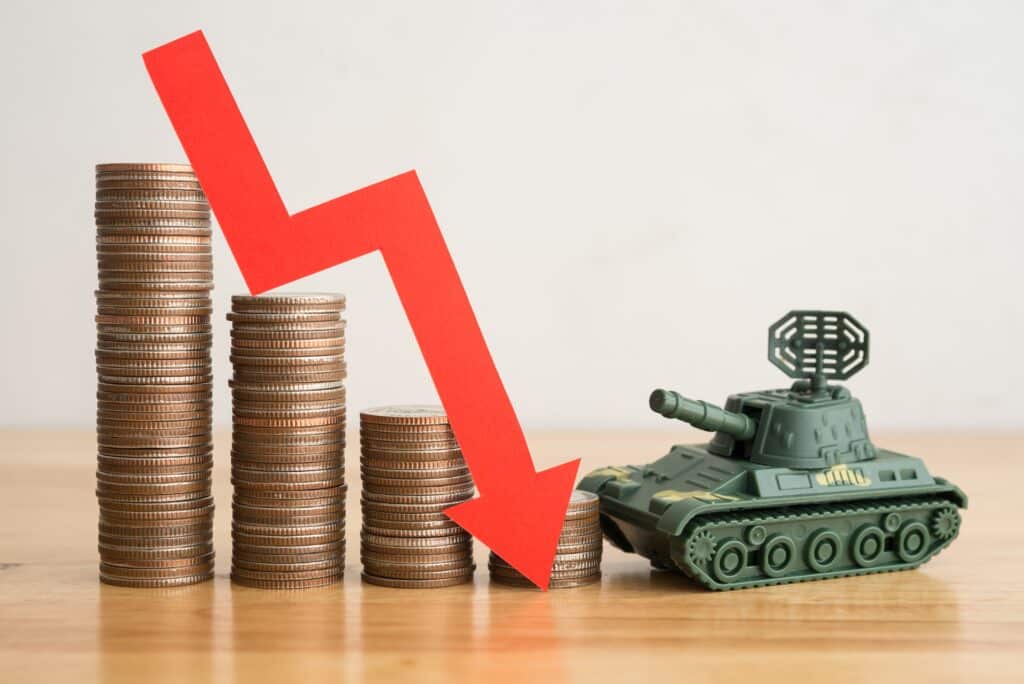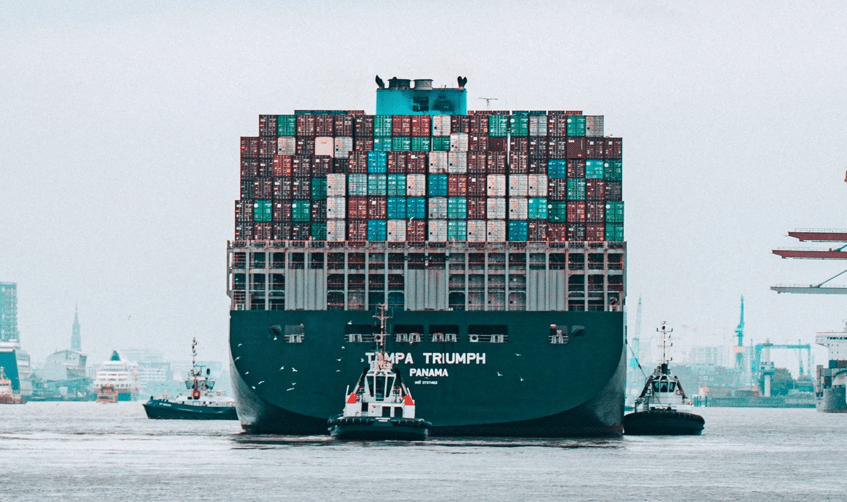Washington’s latest tariff offensive represents far more than another skirmish in the decades-old trade debate. The White House has activated a baseline 10 % “reciprocal tariff” on nearly every import line, while reserving the right to impose country-specific surcharges—up to 145 % on China. The stated objective: reshore critical manufacturing, shrink a US$ 1.2 trn trade gap, […]
Navigating Geopolitical Divides: An Overview
Geopolitical fragmentation refers to the increasing division and divergence in political, economic, and social policies and actions among countries and regions worldwide. This fragmentation can manifest in various forms, including trade disputes, regional conflicts, sanctions, and divergent policy directions on international platforms. In recent years, the pace of globalization has slowed, a direct result of […]
Rising Non-Oil Economy in Saudi Arabia
Saudi Arabia, traditionally known for its vast oil reserves, is undergoing a significant economic transformation. As the country shifts its focus towards the Non-Oil Economy, the Vision 2030 plan emerges as a pivotal strategy for diversifying the Economy in Saudi Arabia. This shift is driven by global trends towards sustainable energy and the need for […]
Debt Distress and The Sustainable Development Agenda: Unfulfilled Goals?
The global debt pile is mounting at an alarming pace, with a stock of $305 trillion in 2023, recording a staggering surge of $100 trillion over the past decade, as the Institute of International Finance highlighted. The World Bank identifies the emerging risk of entering ‘a fifth wave’ of a debt crisis. This implies a […]
Plant-Based Food Market: Growth and Future Outlook
Food production, specifically meat production, is responsible for nearly 60% of the planet-heating gases emitted by humans. In this article, we will explore the significant growth that the plant-based foods market has witnessed in the past few years, as well as its projected expansion over the next decade, highlighting major consumer trends that are driving this growth.
Agency Model and E-commerce: Growing Trends in Automotive Retailing
As with most industries, digitization and increasing automation have revolutionized the automotive industry, giving rise to four major disruptive technological trends: electrification, autonomous driving, shared mobility, and connectivity. These trends, combined with demand and supply challenges such as declining purchasing power, increasing inflation, rising fuel prices, and reliance on Chinese supply, are putting pressure on […]
Female entrepreneurship as a sign of women’s empowerment
Studies indicate that empowering women for equal participation in the global economy could add up to $28 trillion in GDP growth by 2025. Many global indicators, such as the growing prevalence of female entrepreneurship, enable the assessment of women’s empowerment levels in both developed and developing economies. Observing the growth in the number of female […]
Impact of Russia-Ukraine War on Aluminum Industry
Aluminum industry in the global economy The Russian military operations in Ukraine had a significant impact on many industries, including the aluminum industry. At the beginning of the year, global aluminum prices were already soaring, but the conflict surely exacerbated the situation in February. Notably, the war has not only impacted the aluminum market but […]
The impact of the Russian war in Ukraine on the financial sector
Economic shockwaves have been felt across all industries as penalties from the European Union, the US, and many other countries ramp up on the Russian Federation. Energy prices are rising, stock prices are falling, supply chains are collapsing, and inflation has reached record levels. These recent events have demonstrated that countries can be completely cut […]
The Continuing Impact of COVID-19 on the Global Supply Chain
Over the past two years, global supply chain disruptions have become a pervasive challenge, with the COVID-19 pandemic exacerbating issues like volatile demand, factory shutdowns, and logistical nightmares But which industries were most affected by these stresses to their supply chains? How were companies able to adapt their supply chain management? And what are countries doing […]









